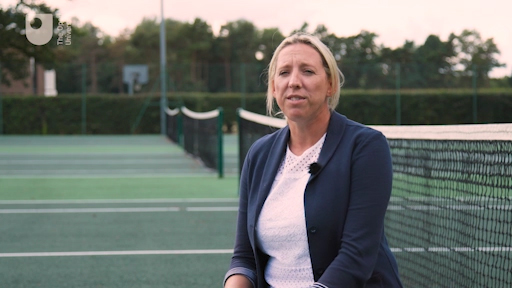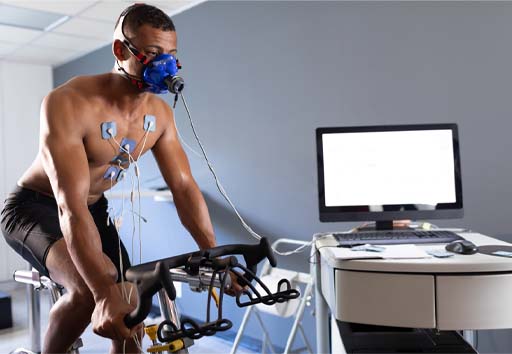3 The default male in sports science research
You’ll start with Dr Emma Ross from The Well HQ [Tip: hold Ctrl and click a link to open it in a new tab. (Hide tip)] explaining the gap that exists between the number of research studies using male and female subjects and why this is so problematic.
Activity 3 How much research is female specific?
Watch the video below where Dr Emma Ross explains the number of research studies that are done on females only and the impact it has on female athletes. Then answer the following questions:
- How much sports science research is conducted exclusively on females?
- Why are mixed male and female athlete studies of limited use to female athletes?

Transcript
Discussion
- The number of research studies conducted exclusively over a five-year period between 2016 and 2020 showed that 6% of research is female specific. This is almost a 50% increase on the previous five-year period but is still surprisingly low. There are studies that include both make and female subjects but this is still low. According to Cowley et al. (2021) this figure is around 34%.
- The menstrual cycle with its fluctuating hormones creates physiological differences throughout its course so research that will benefit females needs to take these changes into consideration. But it makes research more expensive and time consuming. Many mixed research studies control this by studying females when their hormones are lowest, in the early stages of the menstrual cycle, as this will have less impact on the research findings. However, when a female’s hormones are low their physiology will most resemble men’s physiology, and this limits the value of any research when applied to female athletic performance.
This limited amount of female-specific research has a serious impact on female performance, as research conducted predominantly on men, or when women most resemble men, is not useful when developing training schedules and maximising female athletic performance.
This focus on male research is referred to as ‘the default male in research’ and it is not a positive situation for females who have a menstrual cycle, periods, breasts and slight differences in the structure of their skeleton. As well as this, females experience the physiological changes across their lifecycle through puberty, fertility, that may include pregnancy and post-natal periods, and finally the menopause.
These physical and physiological differences combined with a reluctance to talk about them, due to a lack of knowledge and understanding as well as their being taboo in some social circles, means that the ‘female part’ of being a female athlete or exerciser is often overlooked. As a result sport and fitness environments are often not optimised for women and limit their chances of positive outcomes.

